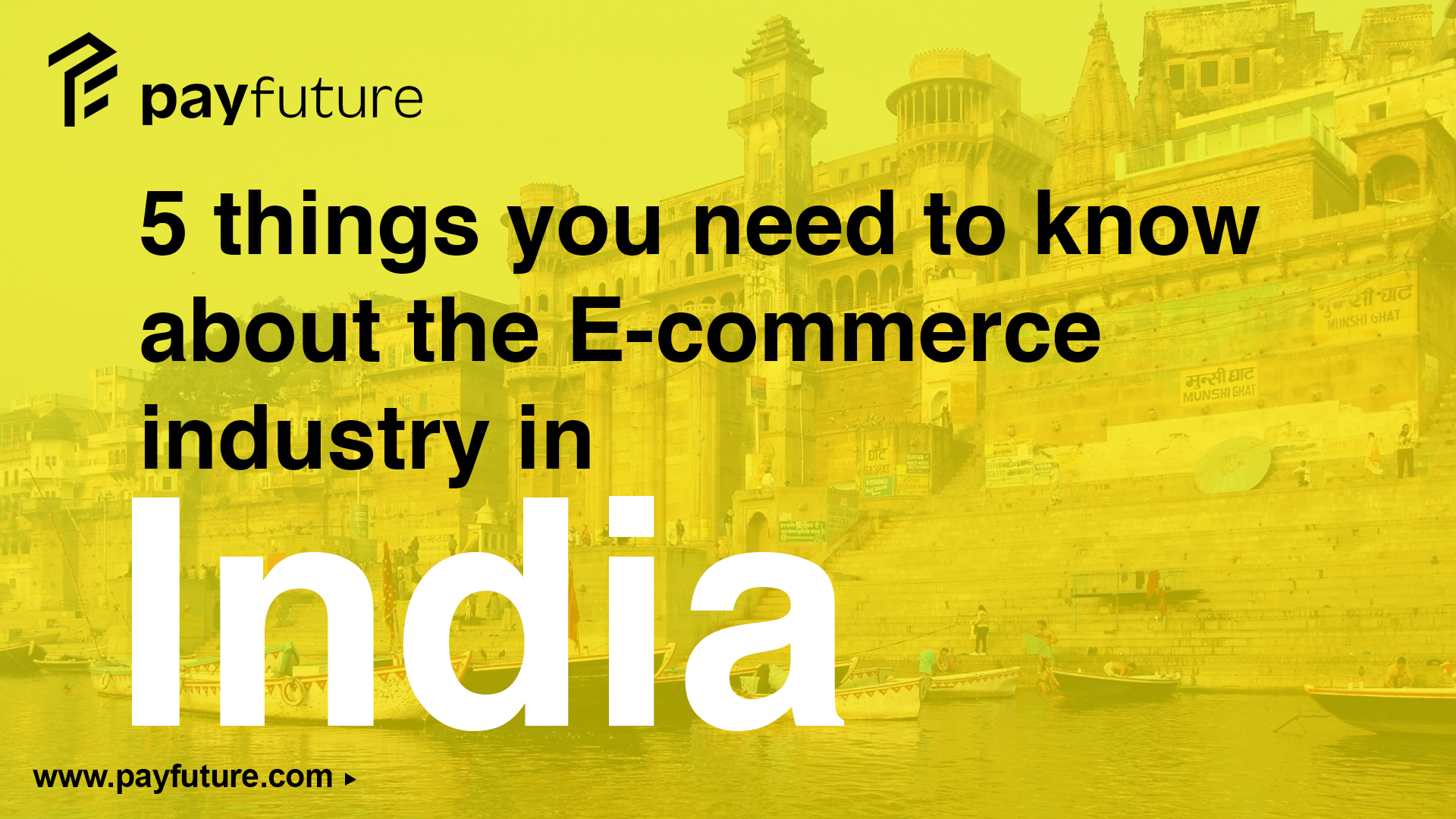5 things you need to know about the E-commerce industry in India
India is known as being the second most populated country in the world. India is experiencing a remarkable digital boom. The Indian E-commerce market is the fastest growing market in the world. It is expected to grow at approximately 1200% by 2026. With increasing internet access and expanding payment options, consumers are shopping more than ever online.
Listed below are some of the factors which highlight the attractiveness of the Indian E-commerce market.
- The biggest and most influential factor in the growth of E-commerce business in India is the increased use of the Internet and smartphones. It is predicted that in 2021, 70% of the total Internet usage will be done via a mobile device, like an iphone. Mobile usage could be the key to making this market boom, especially as smartphone penetration is growing at 150% year on year.
- Language is also a key driver for E-commerce growth. The main national languages of India are Hindi and English. The English speaking ratio is higher among those who are younger and it’s the younger generation who are mostly using smartphones and making purchases online. This is a huge market.
- Cash on Delivery (COD) as a payment method will still be popular in India however the predictions imply that the popularity of COD will reduce from 2021. Cash includes a variety of payment types including paper money and credit or debit cards for example. However, the payment type accepted for COD is generally specified by the seller, meaning that the buyer must make full payment when the goods get delivered. It is predicted that COD methods of payment will drop from 60% of purchases down to 45%. Mobile Wallets & Credits Cards will also pick up steam and grab market share.
- Government initiatives like, ‘Start-up India’, and ‘Digital India,’ aim to bring new players to the Ecommerce industry. Government schemes like these also encourage networking and collaboration with other experts, which can lead to innovation, including in the E-commerce sector
- In B2B E-commerce, 100% FDI is allowed. FDI stands for Foreign Direct Investment. Foreign Direct Investment grew 13% at the peak of the COVID-19 Pandemic. India is part of top 100 club on Ease of Doing Business (EoDB). The ease of doing business index is an index created by economists at the World Bank Group. With India being ranked in the top, this indicates better, usually simpler, regulations for businesses and stronger protections of property rights. The reason that India is now ranking higher is largely attributed to ease in FDI norms across sectors of the economy. According to UCTAD’s world investment report, India is in the top 5 for being the most favored investment destination. As the government in India eases FDI restrictions and makes investing more attractive, this is likely to encourage greater global involvement in business, including in technology and more specifically in e-commerce sectors
If you are looking to invest in India, or you’re looking to provide payment solutions to consumers in India, now is the time. At Payfuture, we understand global mobile payments. As mobile usage surges globally, many emerging market’s most popular payment methods are using mobile only wallets and localised mobile payment systems. These are all enabled as standard via the Payfuture connector gateway.
Contact us today to find out how we can help you.
